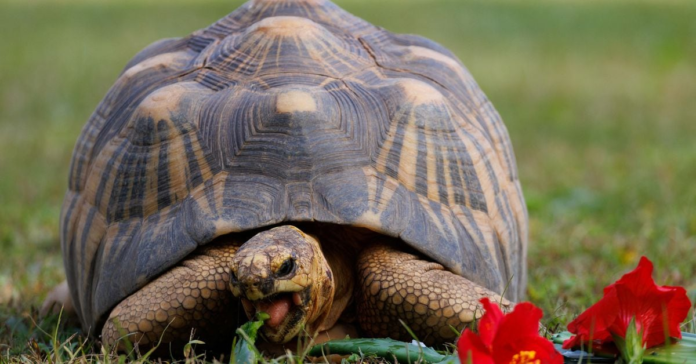[1/5] A critically endangered radiated tortoise, who was confiscated in 1998 and named Ninja, is shown eating at the Los Angeles zoo as the U.S. Fish and Wildlife Service and the Association of Zoos and Aquariums announce the launch of the Wildlife Confiscations Network in southern California in Los… Acquire Licensing Rights Read more
LOS ANGELES, Oct 31 (Reuters) – A crocodilian tomistoma clambers around his watery enclosure, a radiated tortoise munches on plants and a Bali myna songbird perches on a branch – all creatures seized from illegal wildlife trafficking and placed at the Los Angeles Zoo for care and a home.
In a drive to ensure wildlife caught up in the trade can survive and thrive, the U.S. Fish and Wildlife Service (FWS) has partnered with the Association of Zoos and Aquariums (AZA) to launch last week a pilot Wildlife Confiscations Network in Southern California.
Their goal is to roll the program out across the country and to other trafficking hot spots like Miami and El Paso, Texas.
Southern California is considered an epicenter for trafficked wildlife, much of it from Asian countries. Monkeys, tigers, exotic birds for the pet trade and trophies, reptiles and sea cucumbers for food and medicinal purposes.



